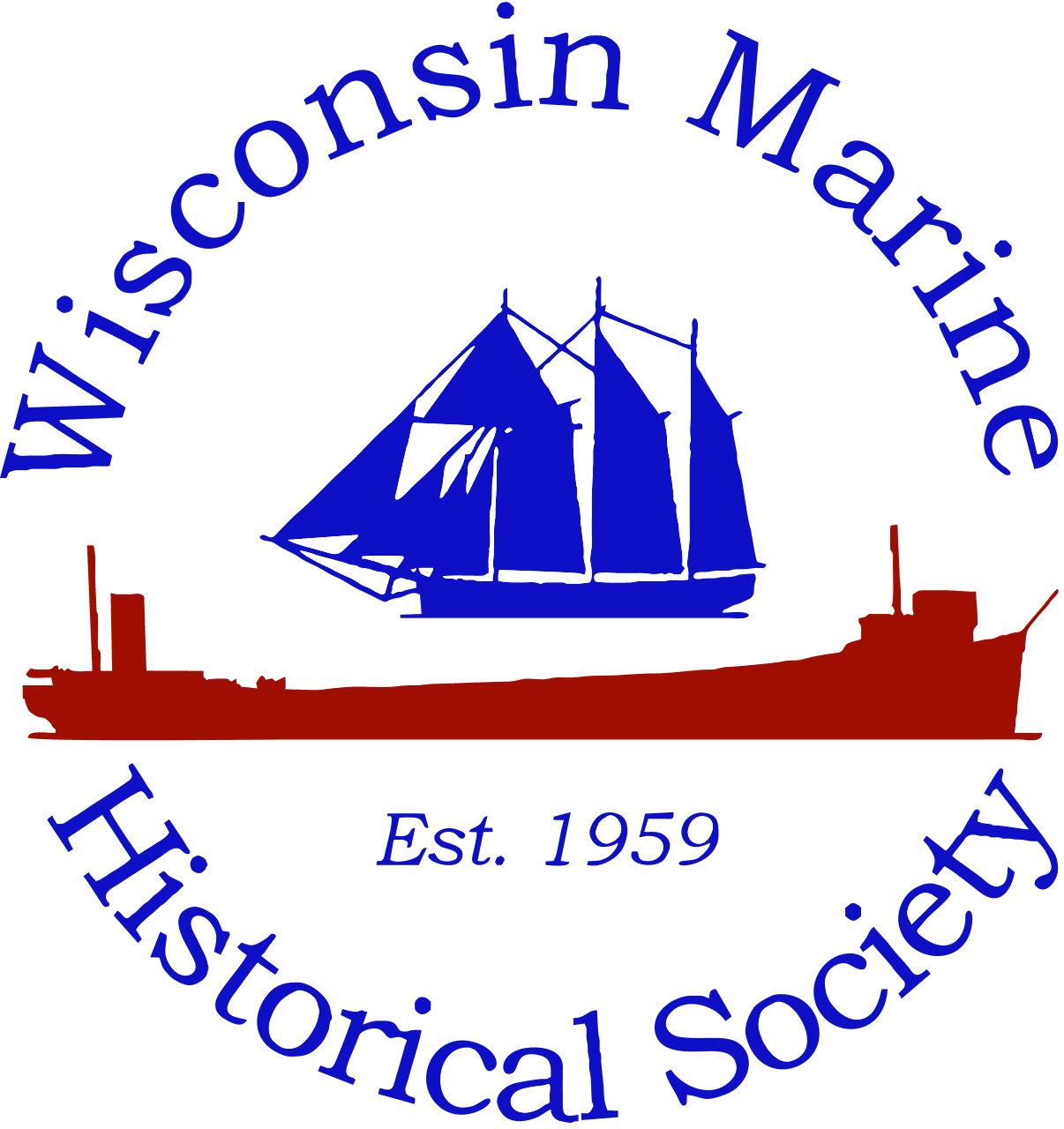By James Heinz
Herman Goering, second in command of the Third Reich, was once asked why Nazi Germany declared war on the United States. He reportedly replied that America’s ability to build large numbers of ships in short time surprised the Nazis. By ships, Goering did not mean warships. He meant cargo ships that enabled America to transport an enormous number of men and tons of cargo across two oceans.
One of those ships that so surprised the Nazis still sails the Great Lakes. She is the M/V LEE A. TREGURTHA, which displays her World War II battle ribbons on the forward cabin.
Although many ship buffs are familiar with the Liberty and Victory class cargo ships, of equal importance were the T class oil tankers that transported petroleum that fueled the American war effort. These tankers included the six ships of the Chiwawa class.
The class leader was USS CHIWAWA (AO-68), designated a T3-S-A1 design, where T stood for tanker, 3 meant longer than 500 feet (150 meters), S represented the single-screw steam propulsion, and A1 meant first design of its kind.
–––––––––––
Visit us on Facebook
–––––––––––
That ship became the LEE A. TREGURTHA.
According to Wikipedia, all of the ships of this class initially were to be built for private companies. But with the outset of the war these ships were transferred to the United States Maritime Commission and given new names. Later, when assigned to the U.S. Navy, they were renamed again.
Named after the river in the state of Washington, CHIWAWA was launched June 25, 1942, by Bethlehem Steel Co., Sparrows Point, Maryland, under a Maritime Commission contract as SS SAMOSET, Wikipedia reports. The Navy acquired the ship December 24, 1942, commissioned it the same day, and assigned it to the Atlantic Fleet.
According to Wikipedia, the ship’s original specifications included:
– Length: 501 feet, 7.75 inches (152.9017 meters)
– Beam: 68 feet (21 meters)
– Draft: 29 feet, 10.5 inches (9.106 meters)
– Depth: 37 feet (11 meters)
– Tonnage: 16,543
– Propulsion: geared steam turbine, single screw
– Speed: 15.3 knots
– Range: 14,500 nautical miles (16,799 miles)
– Capacity: 133,800 barrels of oil
– Personnel: 13 officers and 200 enlisted men
– Armament: one 5 inch (130 millimeter) dual purpose gun mount, four 3 inch (76 mm) guns,
four twin 40 mm gun mounts, four twin 20 mm gun mounts
CHIWAWA sailed March 4, 1942, after joining a convoy, for Casablanca, Morocco, Wikipedia states. The convoy lost four ships when it was attacked by a German submarine wolf-pack east of the Azores, before aircraft drove the U-boats away. The remainder of the convoy arrived safely March 21. The ship returned to the U.S. April 28 and ferried oil on the east coast. She made three convoy crossings, to Scotland, Wales, and Casablanca, between July 17 and December 4, 1944. After two more crossings, the CHIWAWA fueled ships carrying out the invasion of southern France. She also saw service at Ulithi and Okinawa.
* * *
The Interlake Steamship Company reports CHIWAWA was in Tokyo Bay during the September 2, 1945, Japan surrender ceremony. She had earned two battle stars for her war service.
During the winter of 1959-1960, Cleveland-Cliffs Iron Company of Ohio purchased the ship for conversion to Great Lakes use. This included lengthening the ship with a mid-body insertion, widening the hull by seven feet and deepening it by two feet.
In 1961, the company reports, the new ship — largest and longest in the Cliffs fleet (22,500 ton capacity, 730 feet by 75 feet) — was christened WALTER A. STERLING in honor of Cliffs’ chairman. She was again lengthened in 1976 by the addition of a ninety-six—foot mid-body, giving her an overall length of 826 feet. Her capacity increased by seven thousand gross tons. Two years later, she was converted to a self-unloader. She also received a bow thruster in 1966 and stern thruster in 1982.
When Cleveland-Cliffs sold her in 1985, the ship joined the Ford Motor (later Rouge Steel) fleet and was renamed WILLIAM CLAY FORD.
In 1989, the ship joined the Interlake Steamship family as part of Lakes Shipping Company, Inc. She was renamed LEE A. TREGURTHA in honor of the wife of Interlake’s vice chairman. Through the 2005 navigation season, LEE A. TREGURTHA held the distinction of being the largest steam-powered ship on the Great Lakes. A year later her steam plant was replaced with a 8,040 horsepower diesel engine and a controllable pitch propeller system, the company says on its website. In 2016 she was fitted with exhaust gas scrubbers, and now has a signature steam plume.
Currently the 826-foot vessel has a carrying capacity of 29,360 gross tons, a hull depth of 39 feet, and a beam of 75 feet.
As the veteran she is, the ship proudly displays her World War II battle ribbons sailing the Great Lakes.
* * *
Story resources:
Wikipedia
Interlake Steamship Company
NavSource Online: Service Ship Photo Archive
Ships of the U.S. Navy, 1940-1945
Photo: M/V LEE A. TREGURTHA showing her battle ribbons. Credit: Ships of the U. S. Navy, 1940-1945
James Heinz is the Wisconsin Marine Historical Society’s acquisitions director. He became interested in maritime history as a kid watching Jacques Cousteau’s adventures on TV. He was a Great Lakes wreck diver until three episodes of the bends forced him to retire from diving. He was a University of Wisconsin – Milwaukee police officer for thirty years. He regularly flies either a Cessna 152 or 172.

